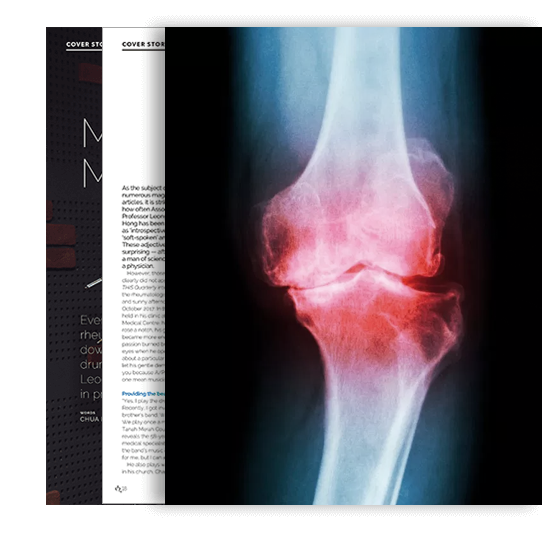
Beginner's
Guide to Gout
2017
All you need to know about this lifestyle disease
Gout is often thought of as a modern-day disease. However, you may be surprised to know that gout is one of the most frequently recorded medical illnesses throughout history. Also known as gouty arthritis, it is a condition that results when uric acid is deposited as crystals in the joints. This results in joint inflammation, causing intense pain, redness and swelling. The signs and symptoms are similar to arthritis. The big toe is often the first to be affected. Other joints — such as the wrists, fingers, elbows, ankles and knees — could be affected as well.
Uric acid is a breakdown product of purines, which are found in many of the foods that we eat. An abnormality in the way the body handles uric acid can cause attacks of painful arthritis and other medical conditions such as kidney stones.
Gout typically affects middle-aged men who tend to be overweight and may also have high blood pressure, diabetes and high cholesterol — diseases that have been linked to lifestyle factors. If young people are affected, they tend to have a family history. Gout in women may be due to the use of medicines called diuretics that promote urine excretion. Patients with poorly functioning kidneys are more prone to gout.
